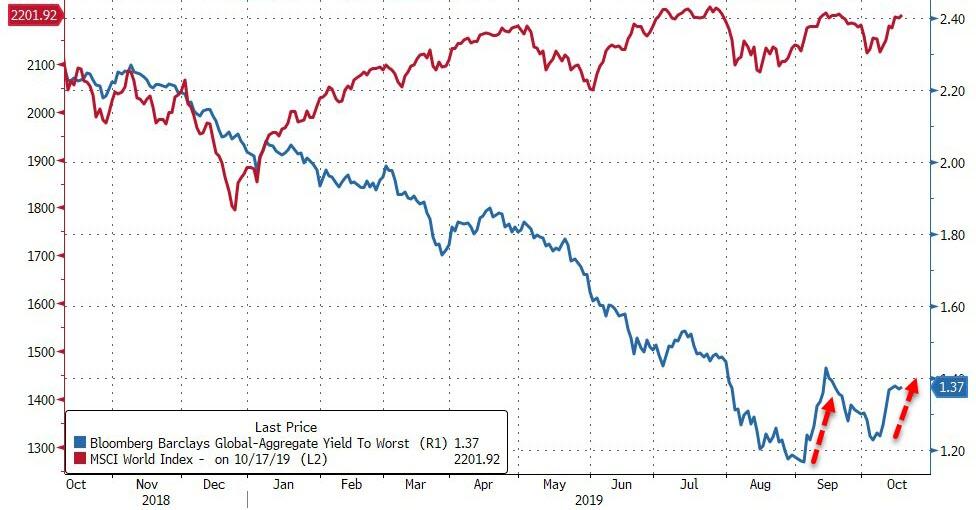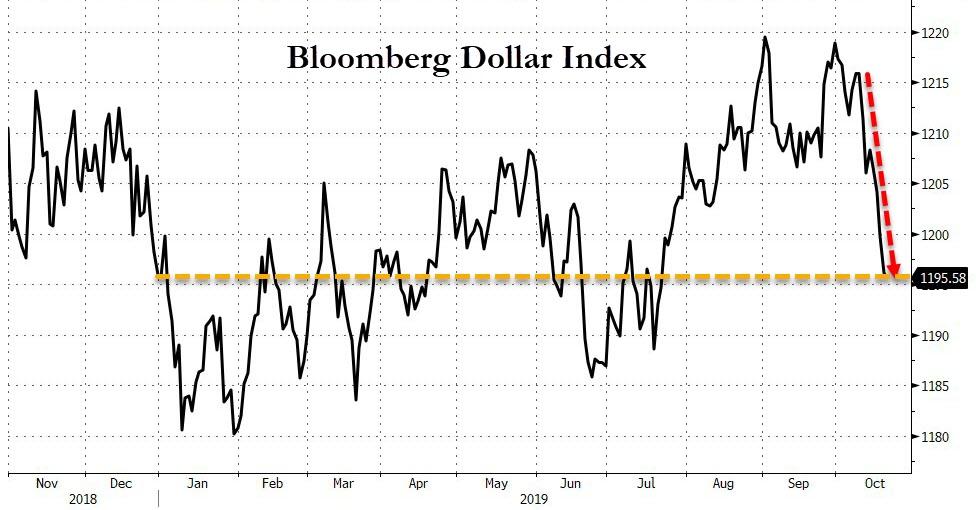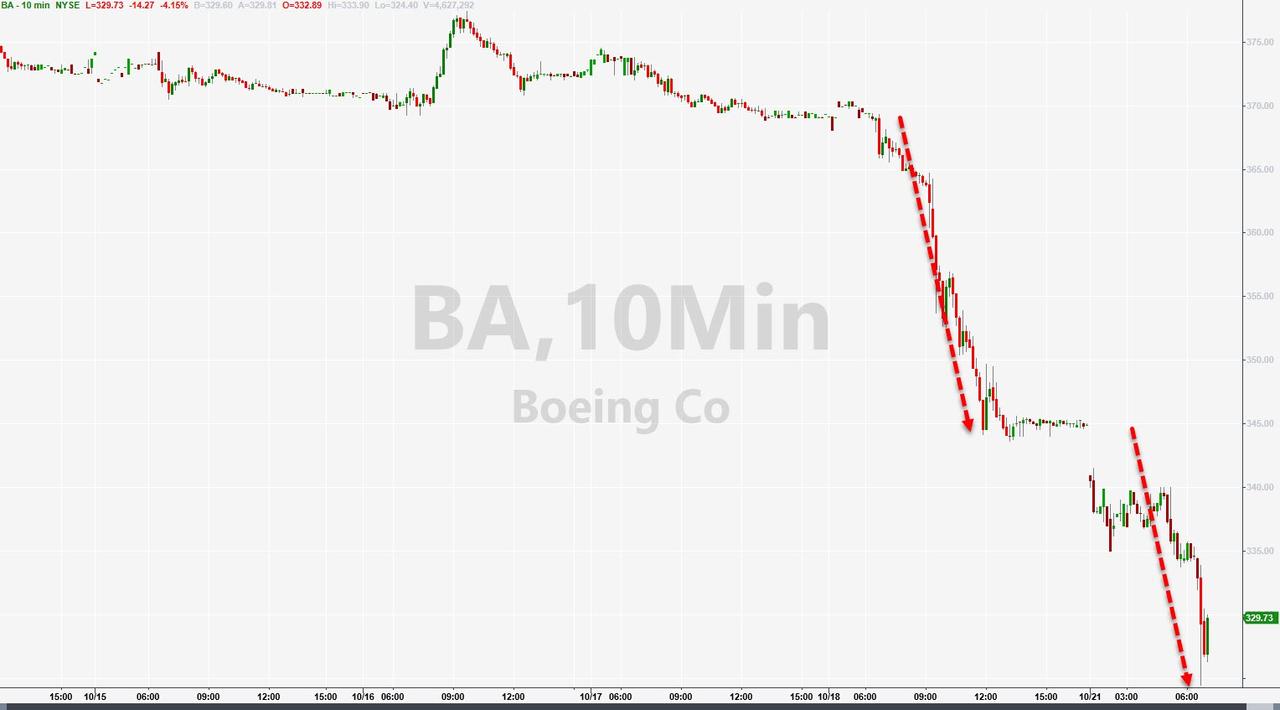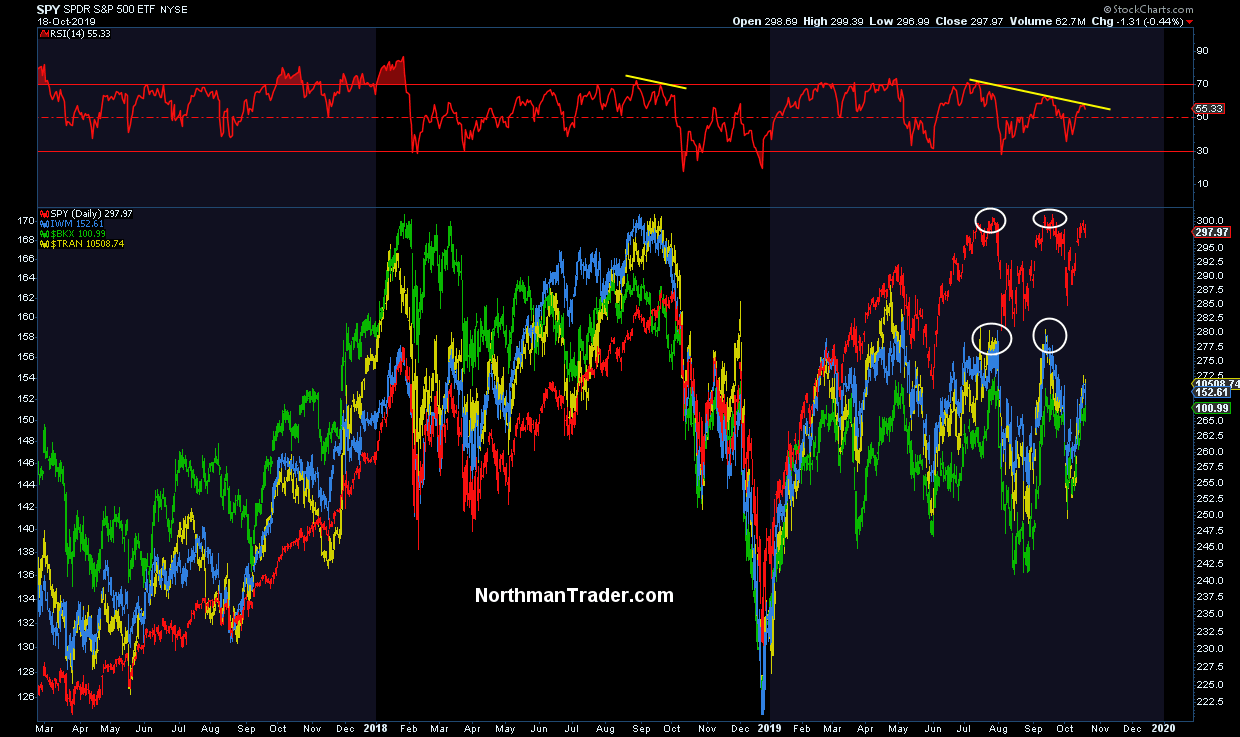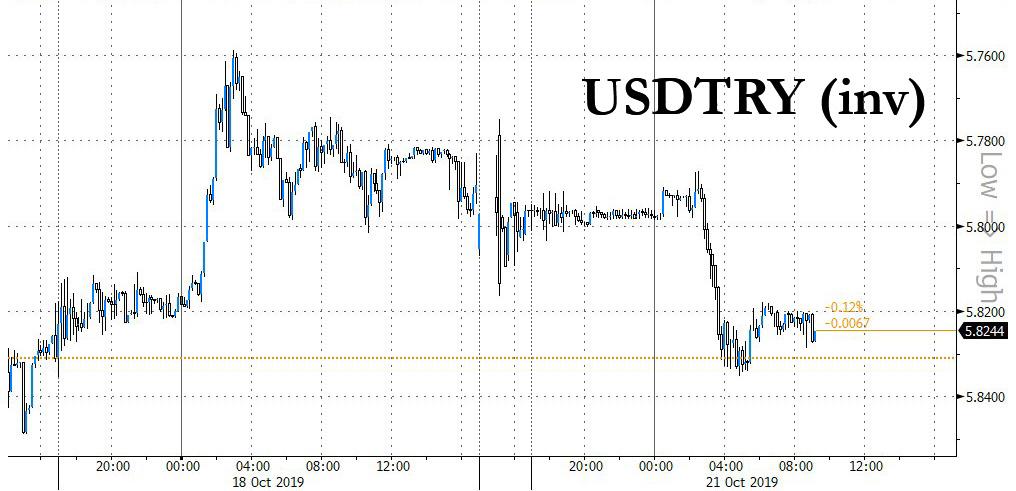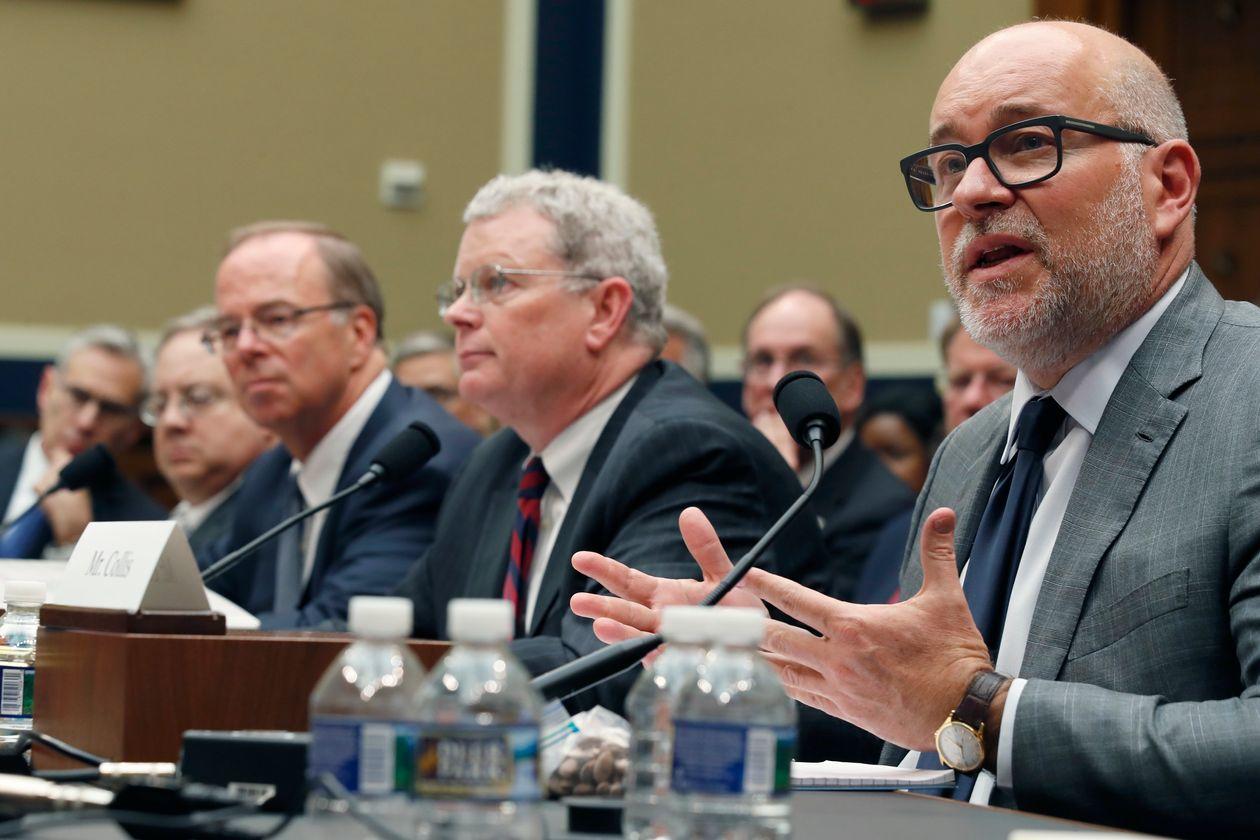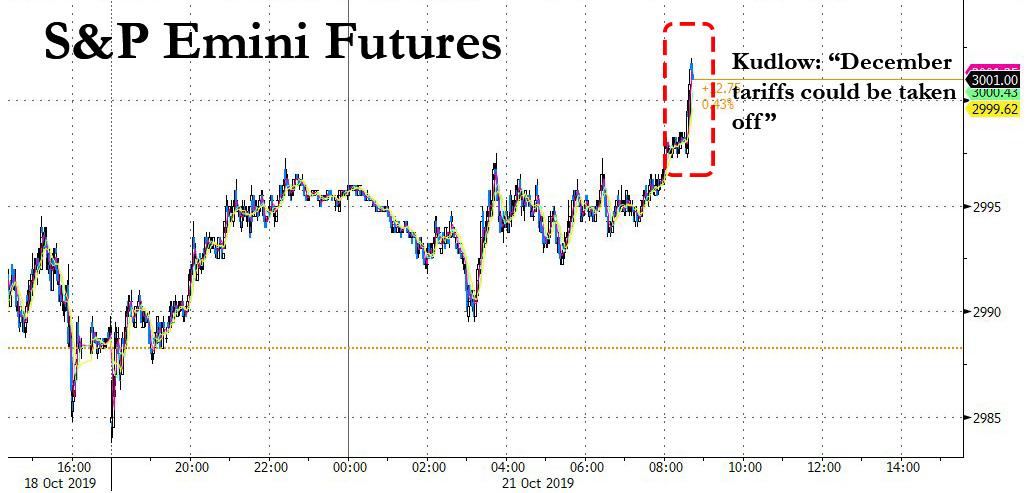Today the Supreme Court denied review in Lipschultz v. Charter Advanced Services (MN). This petition considered whether state law could be pre-empted by a federal agency’s policy. Here, the Federal Communications Commission adopted a “policy of nonregulation” of Voice over IP services.
Justice Thomas, joined by Justice Gorsuch, concurred in the denial of certiorari. They flagged an issue that the parties did not brief: is an executive-branch policy “Law” for purposes of the Supremacy Clause.
First, Thomas and Gorsuch explain that a “policy of nonregulation” should not be considered “Law,” because it is not final agency action:
At the time of the founding, this Clause would have been understood to pre-empt state law only if the law logically contradicted the “Constitution,” the “Laws of the United States,” or “Treaties.”
It is doubtful whether a federal policy—let alone a policy of nonregulation—is “Law” for purposes of the Supremacy Clause. Under our precedent, such a policy likely is not final agency action because it does not mark “the consummation of the agency’s decisionmaking process” or determine Charter’s “rights or obligations.”
Second, even if the policy resulted from a final agency action, it is still not necessarily “Law.”
Even if it were final agency action, the Supremacy Clause “requires that pre-emptive effect be given only to those federal standards and policies that are set forth in, or necessarily follow from, the statutory text that was produced through the constitutionally required bicameral and presentment procedures.” Wyeth v. Levine, 555 U. S. 555, 586 (2009) (THOMAS, J., concurring in judgment).
Third, they explain that the allowing preemption in this case permits the aggrandizement of executive and judicial power, at the expense of the states:
Giving pre-emptive effect to a federal agency policy of nonregulation thus expands the power of both the Executive and the Judiciary. It authorizes the Executive to make “Law” by declining to act, and it authorizes the courts to conduct “a freewheeling judicial inquiry” into the facts of federal nonregulation, rather than the constitutionally proper “inquiry into whether the ordinary meanings of state and federal law conflict,” Wyeth, supra, at 588 (THOMAS, J., concurring in judgment) (alteration and internal quotation marks omitted).
Alas, this issue was not raised in the cert petition. Therefore, the question was not before the Court:
Because this petition does not clearly challenge the underlying basis of the pre-emption theory, how- ever, I concur in the denial of certiorari.
Note to practitioners: raise this issue in the future. You have at least two votes.
A similar issue was raised in Arizona Dream Act Coalition v. Brewer. The Ninth Circuit concluded that DACA preempted an Arizona law that denied drivers licenses to deferred action recipients. Arizona’s cert petition raised the exact question Justice Thomas flagged:
Did the Ninth Circuit err in assuming that the Deferred Action for Childhood Arrivals (DACA) program, an executive-branch policy of non- enforcement, was valid “federal law” capable of preempting a state police power regulation?
Cert was denied in March 2018.
from Latest – Reason.com https://ift.tt/32AGQWx
via IFTTT
